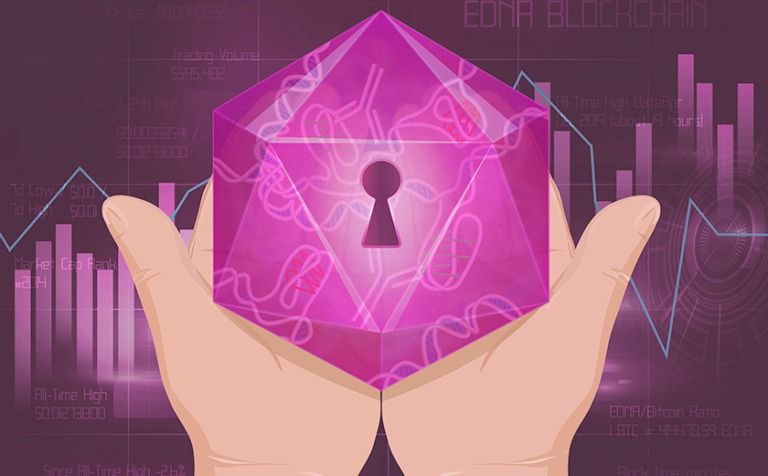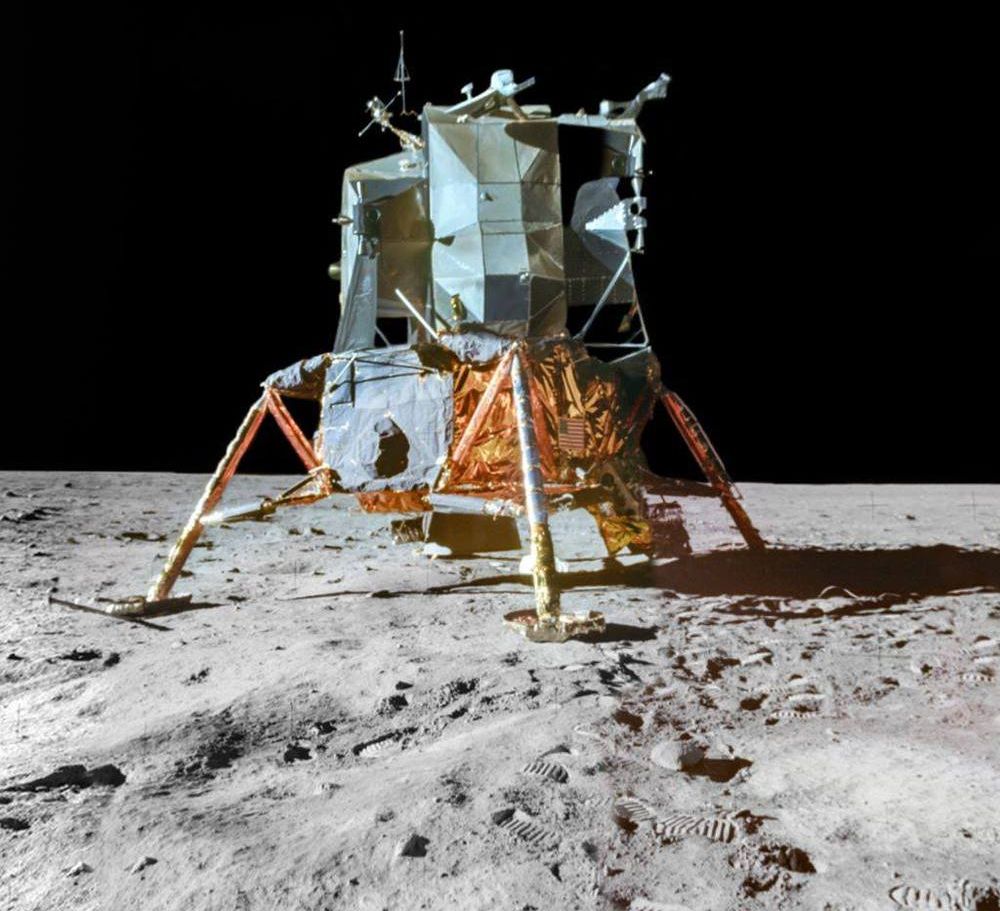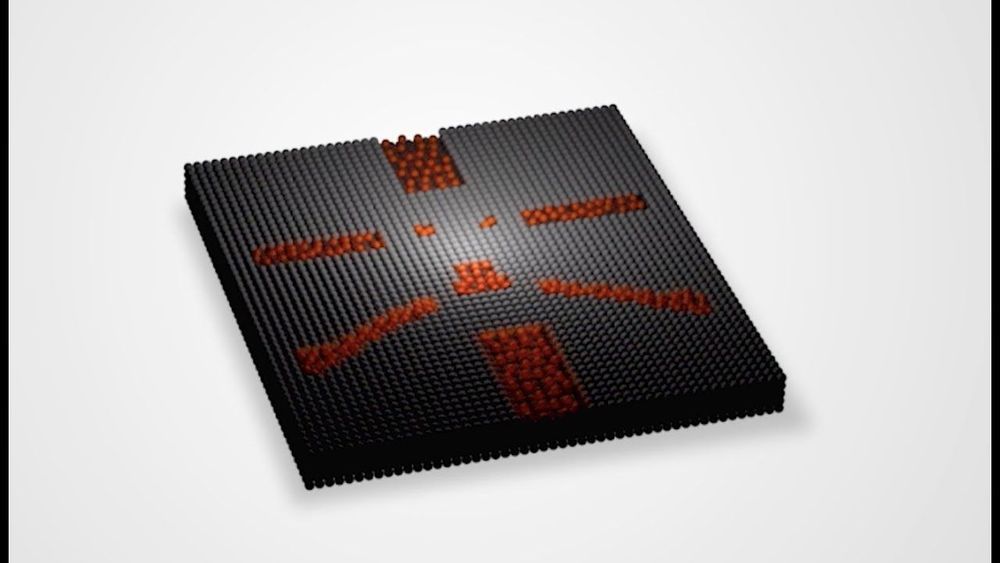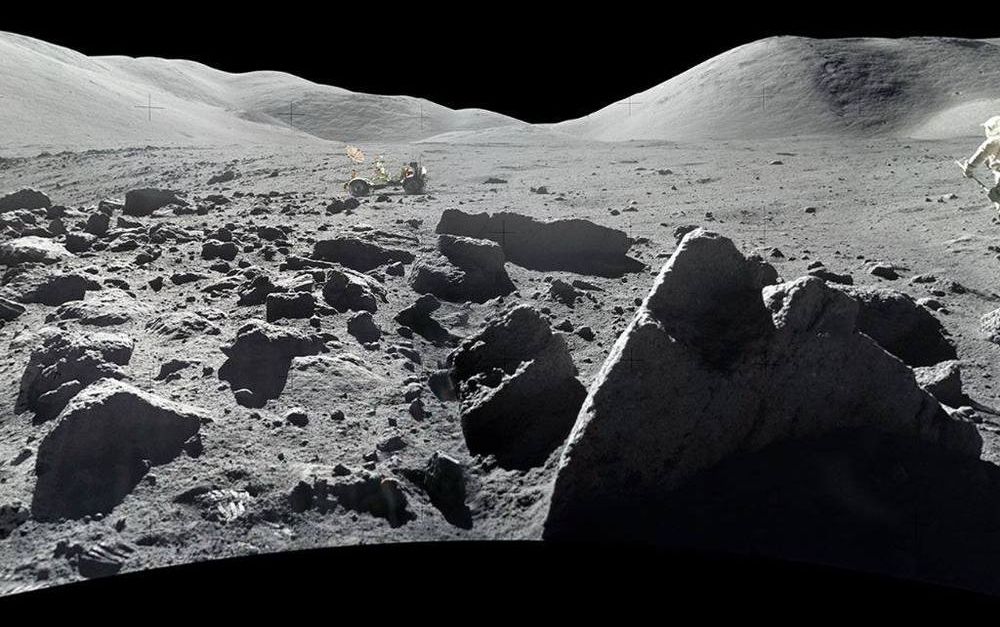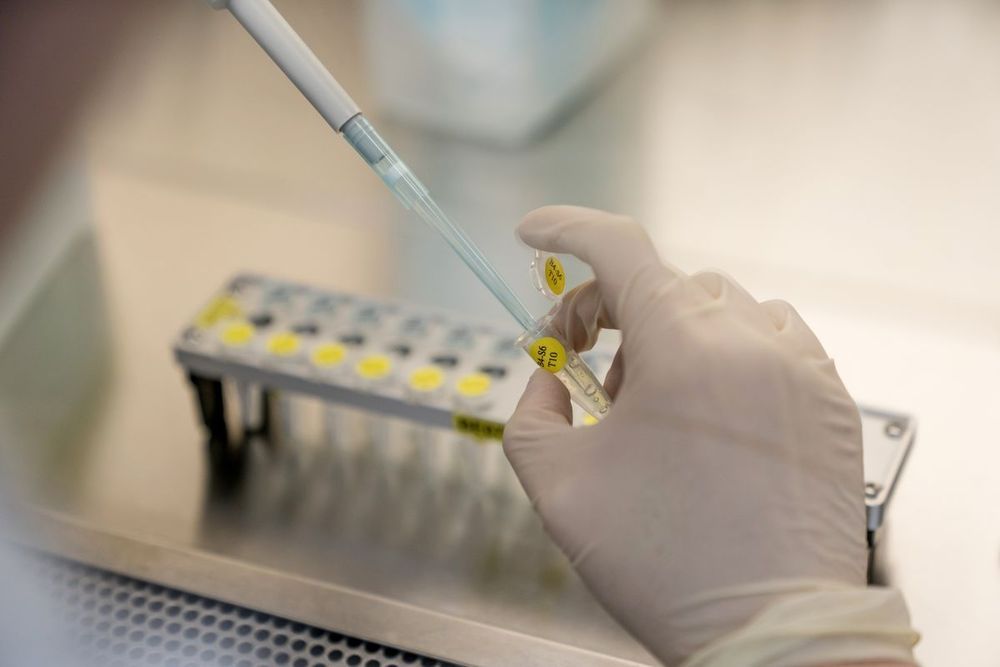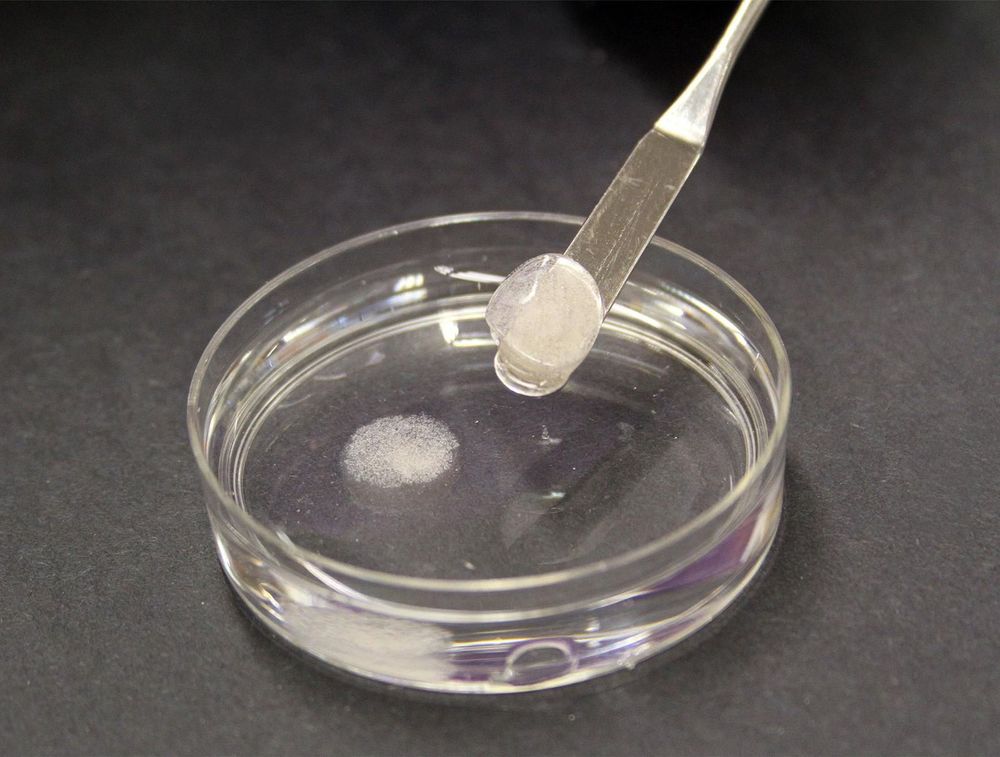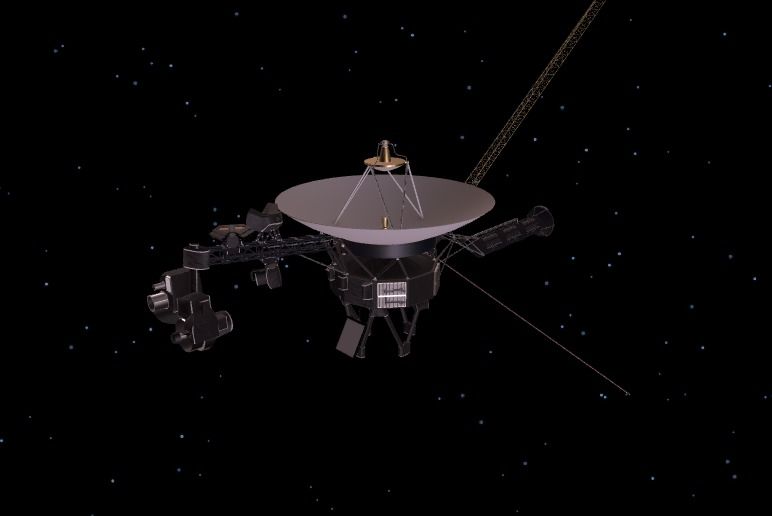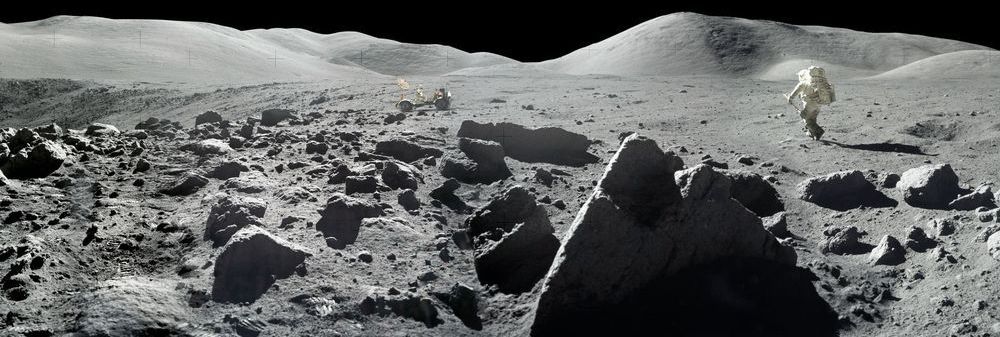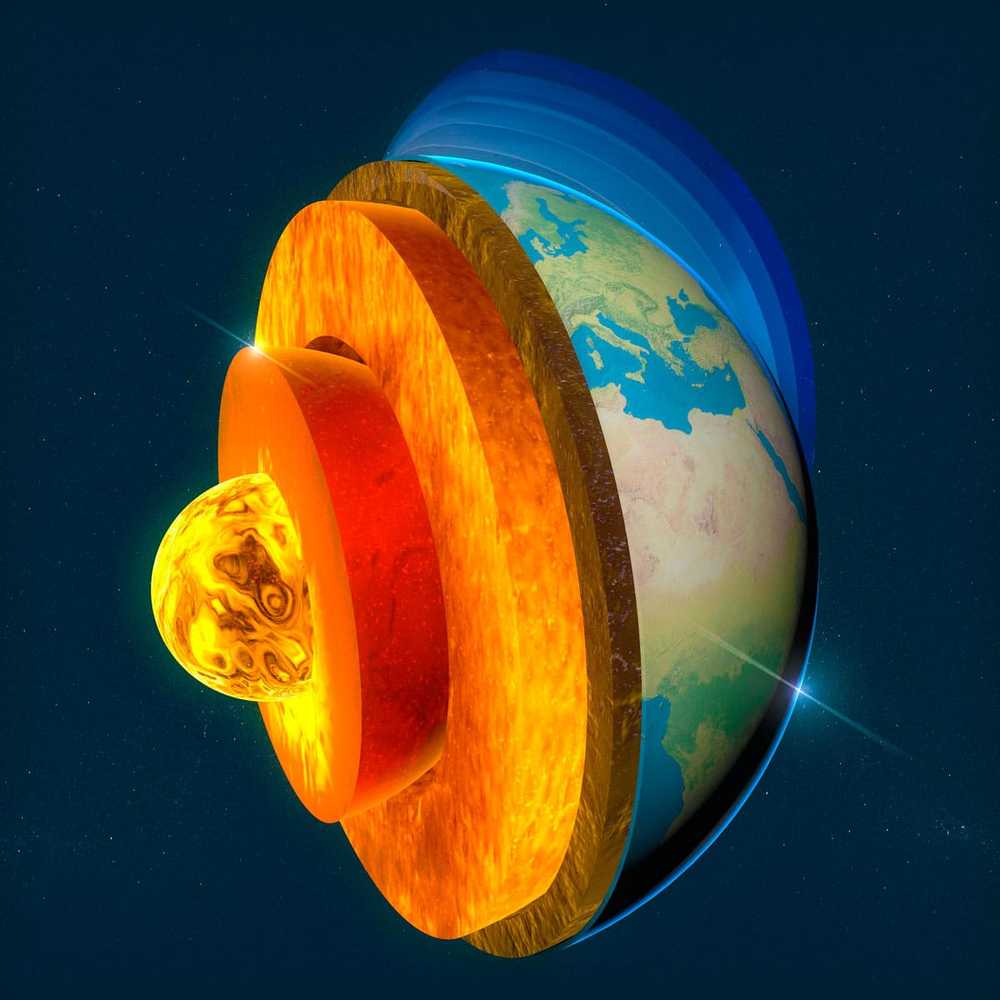You OWN your DNA data Let’s keep it that way.
EDNA Members monetize their genetic data by selling access to their data direct to researchers. With an average selling price of $350.00 and an average expectancy of up to 200 deals, this can translate to as much as $70,000.00 per person. Intended use and licensing of this data is controlled by smart contract and may include posted bonds provided by researchers to insure confidentiality and security of the data. Don’t give away this highly-valuable property. Claim it for yourself. Opt-In only when YOU decide. It’s your property and you should be in control.
